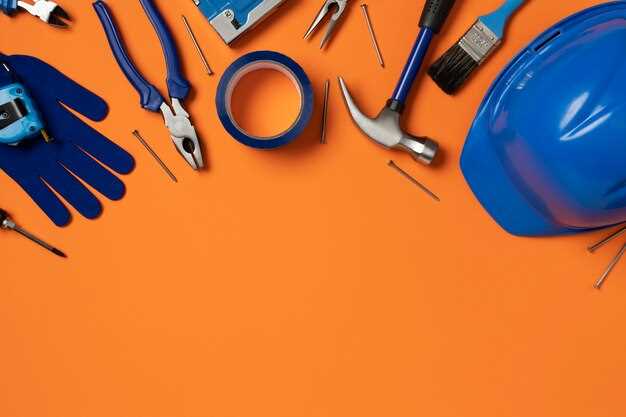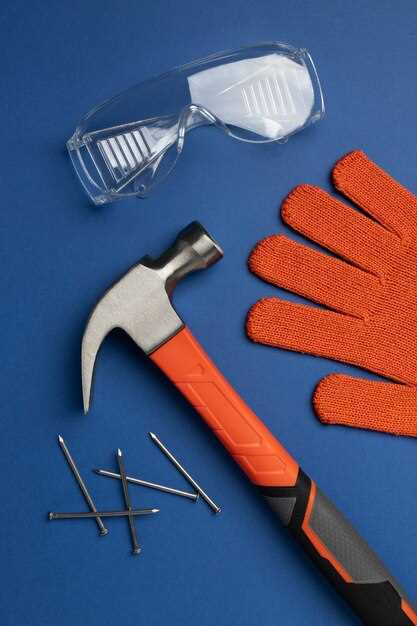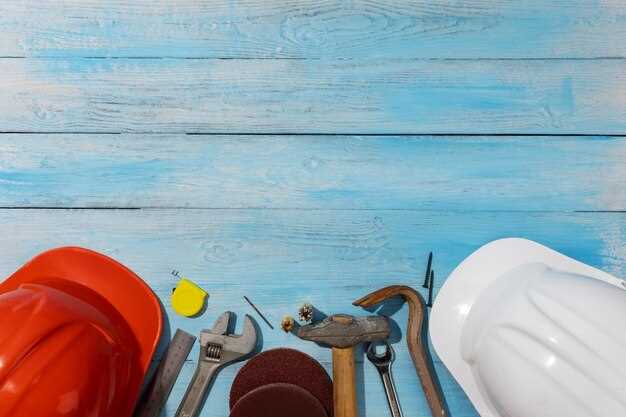
When engaging in DIY auto repairs, safety should always be a top priority. Proper protection is essential to ensure that you can complete your tasks while minimizing the risk of injury. One often overlooked aspect of safety is having the right gear on hand before you even begin your project.
First and foremost, wearing high-quality gloves is crucial. They serve as a barrier between your skin and various hazardous materials, including sharp objects, chemicals, and engine grease. Depending on the particular job, you may need different types of gloves, such as latex or nitrile, to safeguard your hands effectively.
In addition to gloves, other safety gear, such as goggles, kneepads, and work boots, plays a vital role in protecting different parts of your body. Each item contributes to creating a safer work environment, allowing you to focus on your repairs without compromising your health. Prioritizing these essentials equips you to tackle your automotive projects with confidence.
Choosing the Right Eye Protection for Auto Repair Tasks

When it comes to auto repair, protecting your eyes should be a top priority. Automotive work often involves sharp objects, flying debris, chemicals, and intense light. Selecting the right eye protection is essential to ensure safety while working on your vehicle.
First, consider the different types of eye protection available. Safety glasses are a common choice, offering basic protection against impact and flying particles. However, if you’re working with chemicals or during tasks that may produce splashes, goggles provide a higher level of protection by enclosing the entire eye area. For those working in environments with intense light or welding, specialized safety glasses with UV protection and dark lenses can help prevent eye damage.
Additionally, ensure that your eye protection fits properly. Glasses that are too loose can fall off or shift, while those that are too tight can cause discomfort and distraction. Always try on different models and make adjustments to find a comfortable fit that provides adequate coverage.
Keep in mind that eye protection should be worn in conjunction with other safety gear, such as gloves. Gloves protect your hands from sharp tools and hazardous materials, creating a holistic approach to safety. By pairing eye protection with gloves, you minimize the risk of injury during auto repair tasks.
Remember to regularly inspect your eye protection for scratches, cracks, or other damages. Compromised lenses can reduce visibility and protection, so replacing them when necessary is crucial. Investing in high-quality eye protection ensures that you can focus on your auto repair tasks without worrying about potential eye injuries.
Selecting the Best Gloves for Handling Automotive Materials

When working on DIY auto repairs, selecting the right gloves is essential for both safety and efficiency. Automotive materials, such as oils, greases, and various chemicals, can pose a risk to your skin, making protective gloves a must-have. First and foremost, it’s important to choose gloves made from materials that offer resistance to these substances. Nitrile and latex gloves are excellent options, as they provide a barrier against oils and solvents while maintaining dexterity.
Consider the thickness of the gloves as well. Thicker gloves may offer better protection against punctures and cuts, but they can also reduce tactile sensitivity. A balance should be struck between protection and the ability to perform intricate tasks. Additionally, textured gloves can enhance grip, which is particularly useful when handling tools or slippery components.
Another factor to consider is the fit. Gloves should fit snugly without being overly tight, allowing for ease of movement. Ill-fitting gloves can lead to accidents, especially when working with sharp or heavy items. Always check the manufacturer’s sizing guide for the best fit.
In addition to gloves, it’s advisable to wear protective eyewear when handling automotive materials, as splashes and debris can easily compromise eye safety. Together, gloves and eye protection form a comprehensive safety strategy, minimizing risks and enhancing your DIY repair experience.
Maintaining Safety Gear: Care and Storage Tips
Proper maintenance of safety gear is crucial for ensuring maximum protection during DIY auto repairs. By taking care of your equipment, you not only prolong its lifespan but also maintain its effectiveness. Here are essential tips for the care and storage of your safety gear.
1. Regular Inspection: Conduct routine checks on your safety gear, especially your eye protection. Look for scratches, cracks, or any signs of wear that might impair functionality. If you notice significant damage, replace the gear immediately.
2. Cleaning Procedures: Clean your safety goggles or glasses regularly to keep them free of debris and smudges that can obstruct vision. Use mild soap and water or specialized cleaning solutions to maintain clarity without scratching the lenses. Avoid using abrasive materials.
3. Proper Storage: Store your safety gear in a designated, dry place away from extreme temperatures and direct sunlight. Utilize cases or pouches to prevent scratches and damage. Keeping gear organized helps ensure quick access when it is needed.
4. Handling Precautions: Always handle your safety equipment with care. Avoid dropping or mishandling items like safety glasses, as impacts can cause unseen damage that undermines their protective qualities. Treat your gear with respect to ensure long-lasting use.
5. Follow Manufacturer Instructions: Adhere to any care guidelines provided by the manufacturer. Some materials may have specific requirements for cleaning and storage that are imperative to maintain their protective features.
By following these tips, you can ensure that your safety gear, especially eye protection, remains in optimal condition for all your DIY auto repair projects, providing you with the needed safety and assurance.
